Are you looking to make a change to your existing taps? Perhaps you want to create a new style or require a change due to wear and tear. Bathroom taps are a staple feature for baths and sinks, so use our guide below. Discover what taps are available to you, find out how to change yours with complete confidence and answer an age-old question – why are hot taps always on the left? Well, the answer to that might be more detailed than you think.
Table of contents
- Types of taps
- What are bathroom taps made of?
- What is a tap hole?
- Why are hot taps on the left?
- Can you change bathroom taps?
Types of bathroom tap
There are many types of tap to choose from, but what exactly is the difference, and why does it matter? Here is an overview of the different taps you can use in the bathroom.
What is a mixer tap?
Starting with mixer taps, this aptly named bathroom fixture is a water supply with a joint outlet comprising separate controls for hot and cold. This means you can choose just how hot or cold your water is without worrying about it going to extremes. Many homeowners choose a mixer tap as it provides more control over the temperature of the water. For example, if you’re running a bath or filling the basin, you needn’t switch between two separate taps. Instead, you find your ideal temperature by combing both taps and letting the water flow as needed.
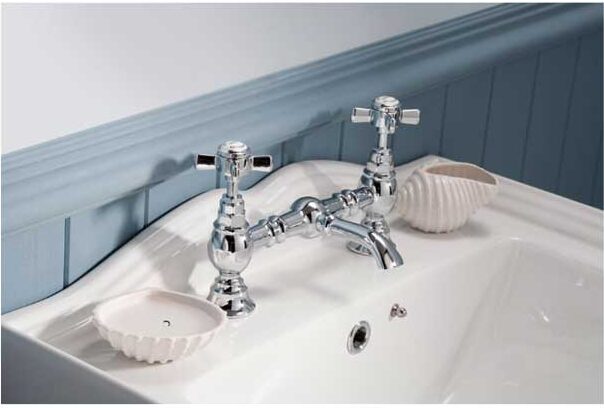
Mixer taps are amazingly flexible for applications across the home. So, if you need a tap for a sink or a bath and don’t want to spend time figuring out which ones are usable, look to the versatile mixer tap.
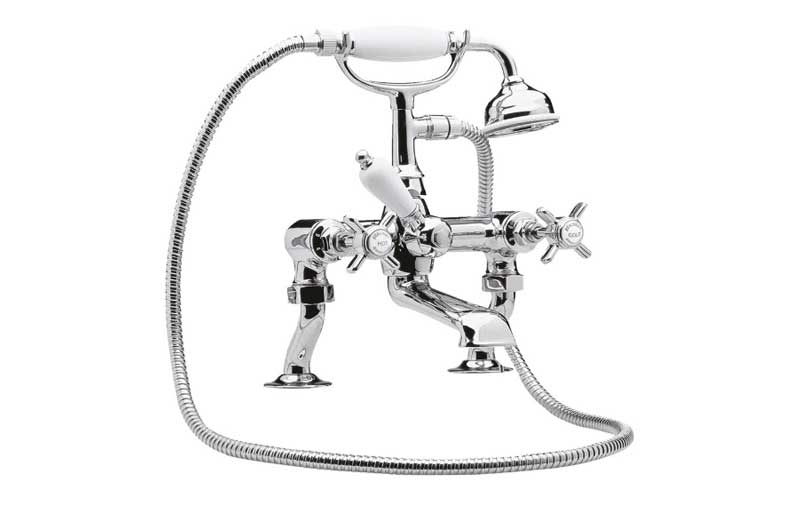
Designs of mixer taps can vary from size to style and even the finish of the tap. They’re easy to install but also a fantastic solution if you’re looking for something unique for the bathroom.
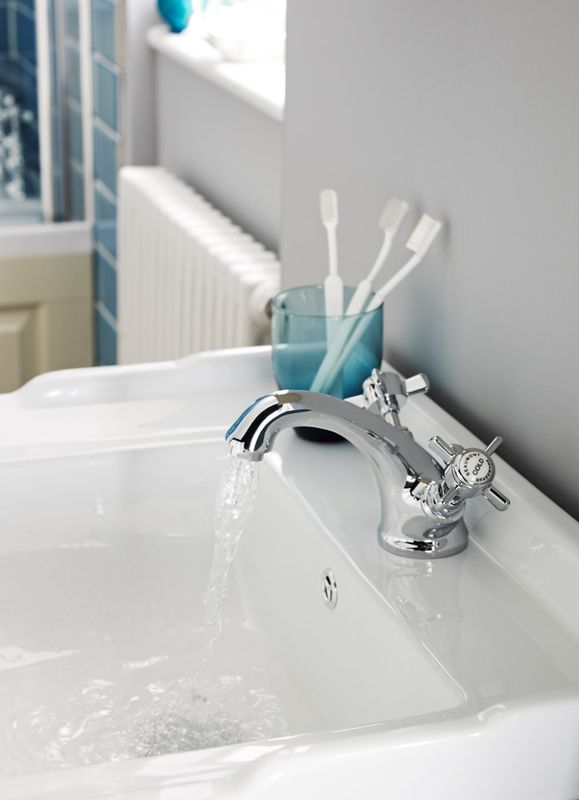
What is a basin tap?
The basin or sink is a common feature in many bathrooms. Traditionally basin taps have two separate outlets for hot and cold water. So, it’s only right you have a suitable tap to fit the design. They’re particularly popular with traditional designs in older properties. You might have even seen them when staying at a cottage or traditional home for a holiday.
Having said that, basin taps can be a beautiful addition to the modern home as they can provide an elegant appearance. They’re also available in many unique designs to ensure the perfect taps fit right into your bathroom style. In some cases, you can attach the taps and the outlet to a wall for a contemporary twist on this classic design.
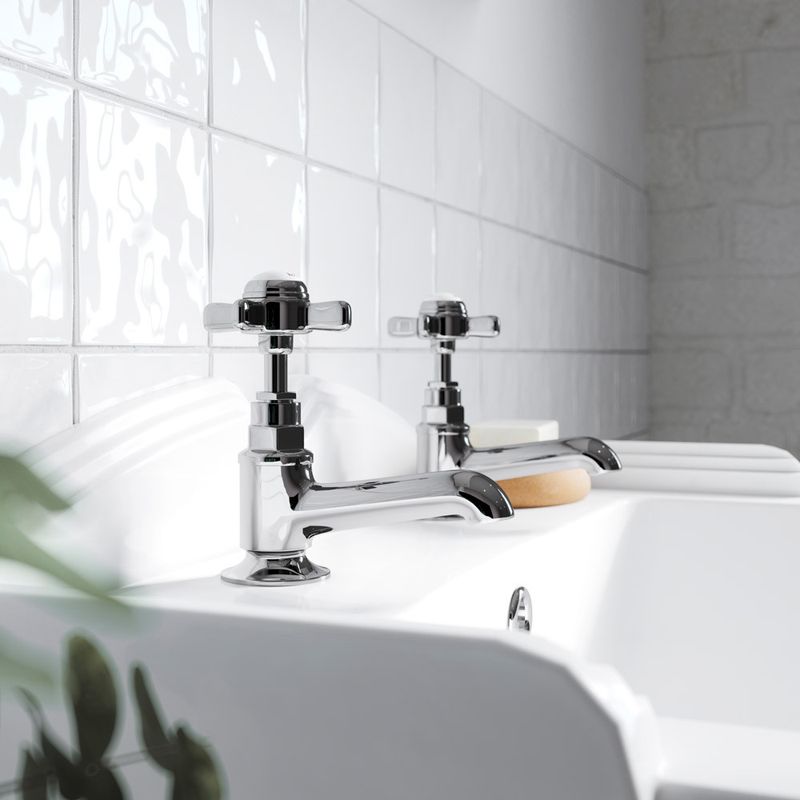
What is a bath filler tap?
As the name states, you use the bath filler tap (aka bath tap) to fill your bath. Bath taps have many specific designs that offer unique styles for the bath facility. Once again, mixers can be combined with the design, but you can choose to use taps with two separate spouts for hot and cold if that is your preference.
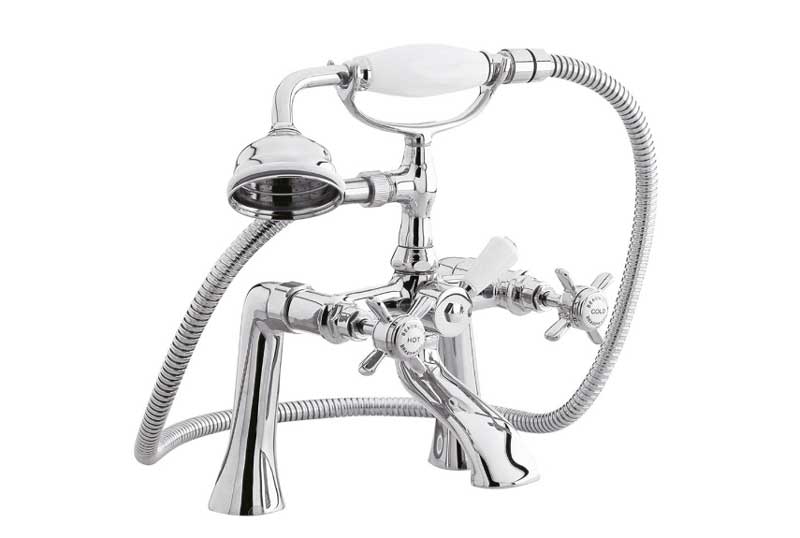
Additionally, bath taps also have amazing versatility when it comes to mounting them in place. Although your go-to might be attaching the bath tap to the bath itself, in many cases, it’s possible to attach it to the bathroom floor or the wall. These open plenty of exciting design opportunities, such as the waterfall filler tap, which offers wonderful aesthetic appeal.
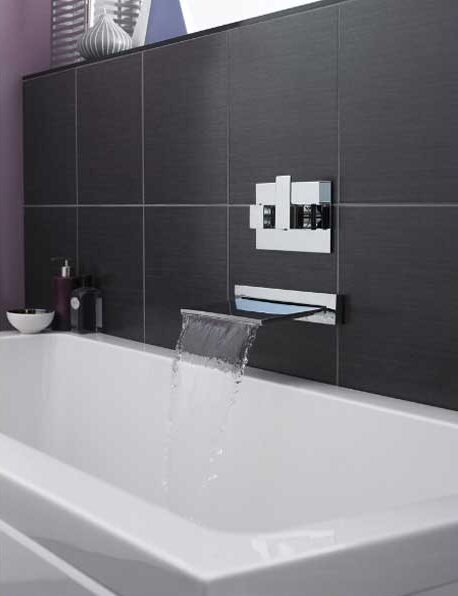
Not sure if a wall-hung tap is for you? Discover the pros and cons of wall-hung bathroom taps in our guide.
What are taps made of?
When it comes to tap materials, the most common is typically (solid) brass. This is a combination of copper and zinc. The material is greatly admired for its rust resistance and can be plated for a beautiful finish. Here is an overview of various tap materials available at our Superstore.
| Material | Contains | Pros | Cons |
| (Solid) brass taps | •Zinc •Copper | •Cost-effective. •Rust resistant. •Corrosion resistant. •Doesn’t contain iron. •Can be plated or enamelled. | •The copper reacts with the oxygen over time, causing green patina-can result in increased maintenance |
| (Solid) stainless steel taps (alloy) | •Iron •Carbon •Chromium | •Cost-effective. •Rust resistant. •Corrosion resistant. •Durable. •Chromium resists oxidisation. •Minimal maintenance. •Can be polished for a high shine finish or brushed for low sheen finish. | •Complex manufacturing process •Less cost-effective than brass |
Tap finishes
A tap’s finish can be one of the focal points of your bathroom. At Plumbing Superstore, we have many finishes to choose from. From your traditional polished finish to your modern matt finish. You can choose from:
- Matt
- Brushed brass
- Brushed nickel
- Chrome
- Frosted
- Polished
There are many possibilities. So, explore the options and see what fits!
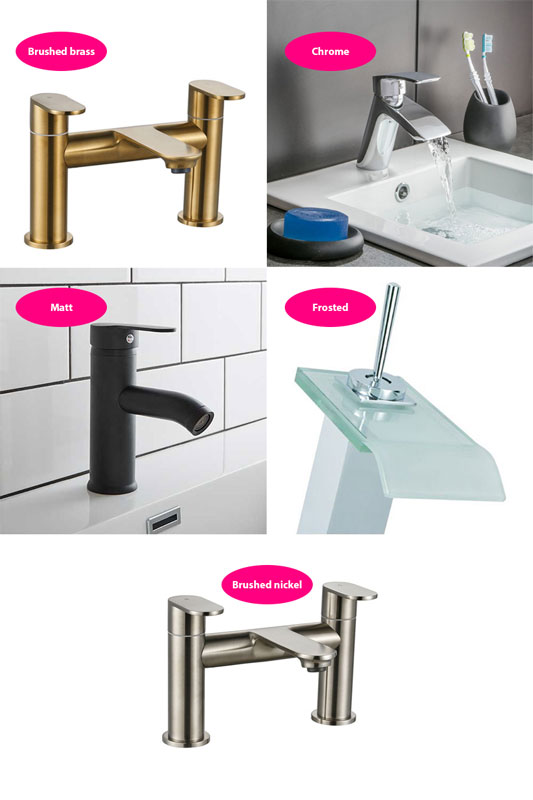
Tap handles
Choosing a tap handle is of high importance as it will define the appearance of the tap and whether it fits the style of the bathroom aesthetic you are creating. It can also help when it comes to how easy it will be to use for those with reduced mobility, for example. The different handle types are as follows:
Lever tap handles
Lever handles are perfect for contemporary themes. Also known as single lever taps, these are the perfect choice for homes with busy people or families, especially if you have children, as this handle has no twisting or turning motions. So, it’s easy to use.
Their use is also easy enough if you have reduced mobility in your hands or worry about hygiene. This is because they can be turned off without touching them with your palm and instead using the back of your hand or even your forearm if desired. Not to mention, they look great, too!
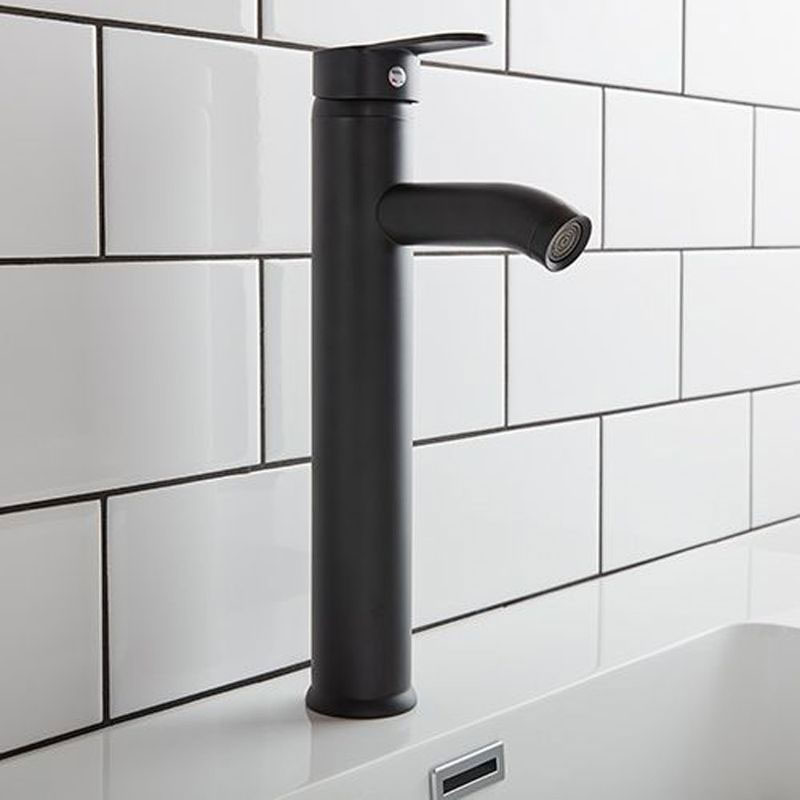
Tap knobs and cross-head taps
A tap knob is your classic, more traditional handle with a twisting mechanism to control the water’s flow. A cross-head tap is similar when it comes to the twisting mechanism but is smoother and glossier with a bit of definition when it comes to design.
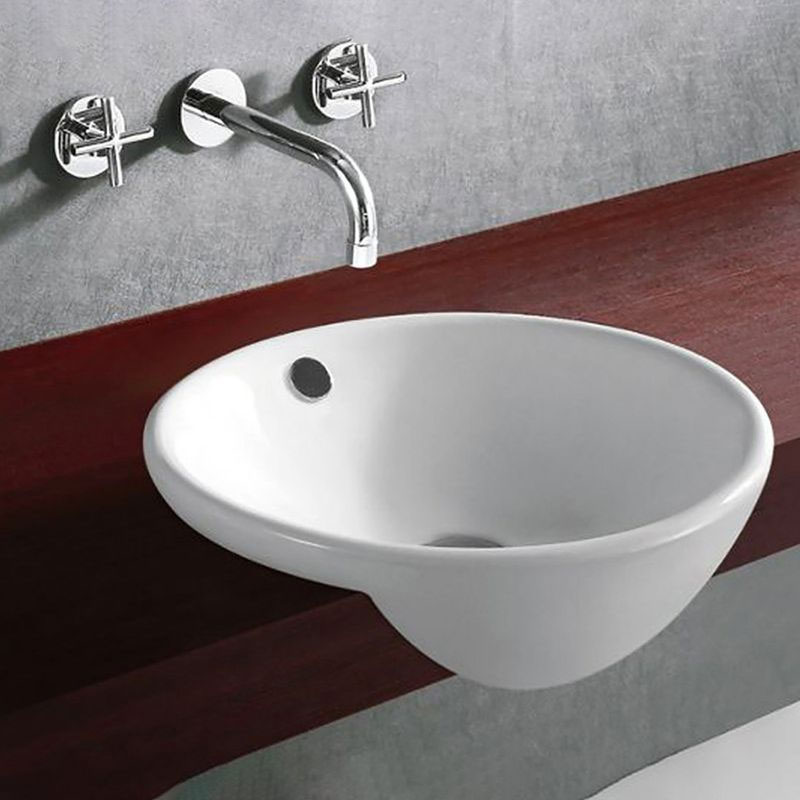
What is a tap hole?
A tap hole, simply put, is a hole for the tap to fit in. Some basins and baths come with pre-drilled tap holes to indicate where the tap(s) will go. However, if you opt for a non-pre-drilled unit, then you have the option of one or two tap holes to install.
One tap hole
You will normally find one tap hole in contemporary baths and basins. They’re not commonly pre-drilled into baths. This is because common bath taps include monobloc or single-lever mechanisms, which means your temperature control will be via one or two handles, with the bath filled from a single spout.
Monobloc and single-lever spouts are greatly desired for their sleek, modern designs and easy use.
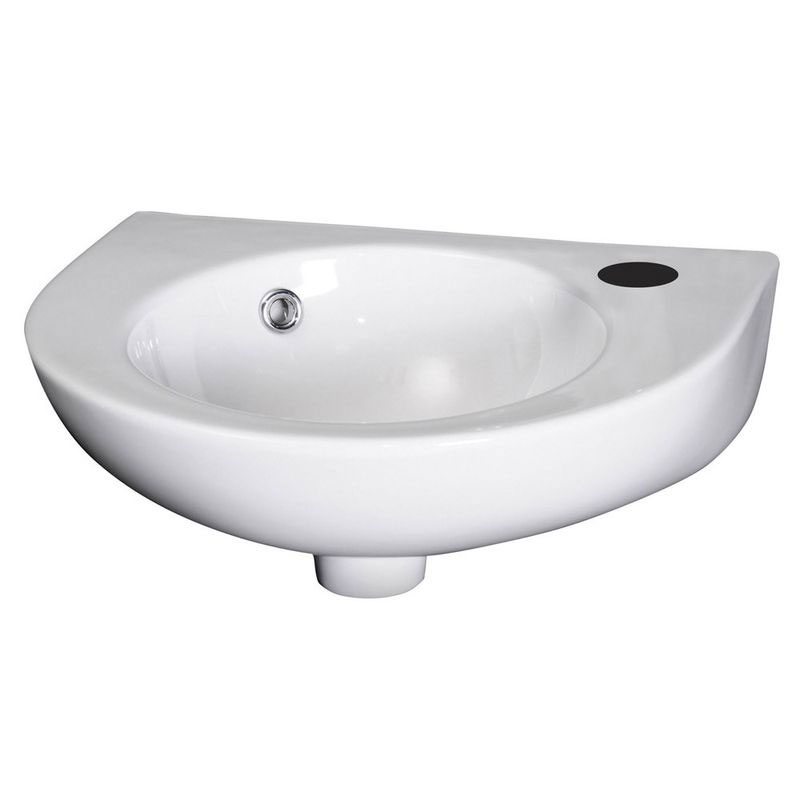
Two tap holes
Two tap holes are great for modern bathrooms or traditional bathrooms. With this, you can opt for pillar or mixer taps. So, each hot and cold water flow is controlled using two separate taps with personal spouts. This is a budget-friendly option, while still being available in different styles and finishes.
As a bonus, some two hole taps can be provided with and without a shower head attachment. So, even with the hot and cold being controlled separately, they mix and fill into the bath through a single spout.
It’s worth noting that by opting for this, you will likely have a diverter, which sends the water flow through an attached shower hose. This is to give you flexibility when bathing and cleaning. However, if your shower is separated, a discrete mixer tap without a shower hose is recommended.
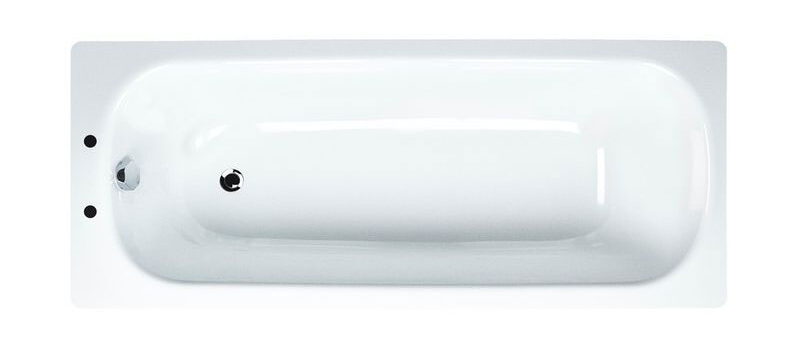
Why are hot taps on the left?
‘Hot left, cold right’ is a common phrase amongst many plumbers and standard fitting for most taps. Yet when we ask why it’s important, this stumps many people. So why does a hot tap go on the left of the basin or bath?
Approved document G covers the legalities surrounding taps. This will be especially important when fitting new or replacement taps in the bathroom. One key thing to note is that under G4 section 4.6, the guidelines state the following:
“Where hot and cold taps are provided on a sanitary appliance, the hot tap should be on the left.”
This has been the case for many years and with good reason too! In fact, since the early 20th century people have been fitting hot taps on the left and cold taps on the right of sinks and basins. One of the main reasons this standard exists is that people with visual impairments would always know which side the tap was on. Even with mixer taps joining the range, the requirement still stands so that the same concerns are eased.
Can you change bathroom taps?
You can indeed! Many people find that over time their taps might just not fit their theme, or the tap has worn down over the years. That’s why we’ve created a how-to guide for changing bathroom taps to ease the process including how to fix a leaking or dripping tap, five steps for changing bathroom taps and much more.
If you have any other tap queries or want more advice with your bathroom in general, we’ve got plenty of bathroom Help and Advice articles to support you. Alternatively, you can contact our team for further assistance with your choice and purchase.





































